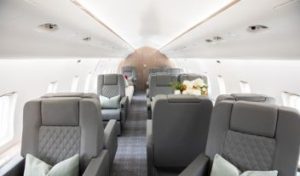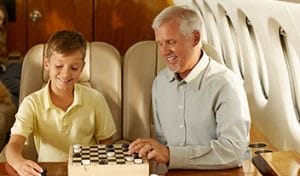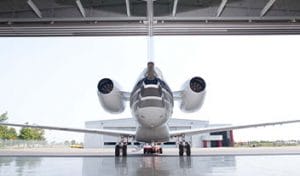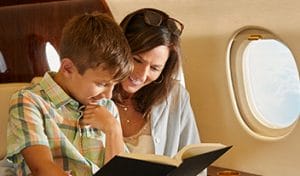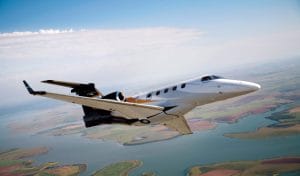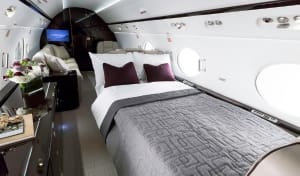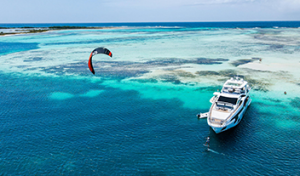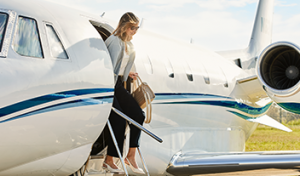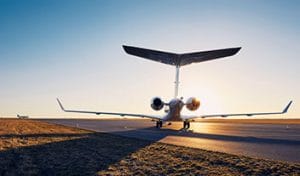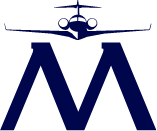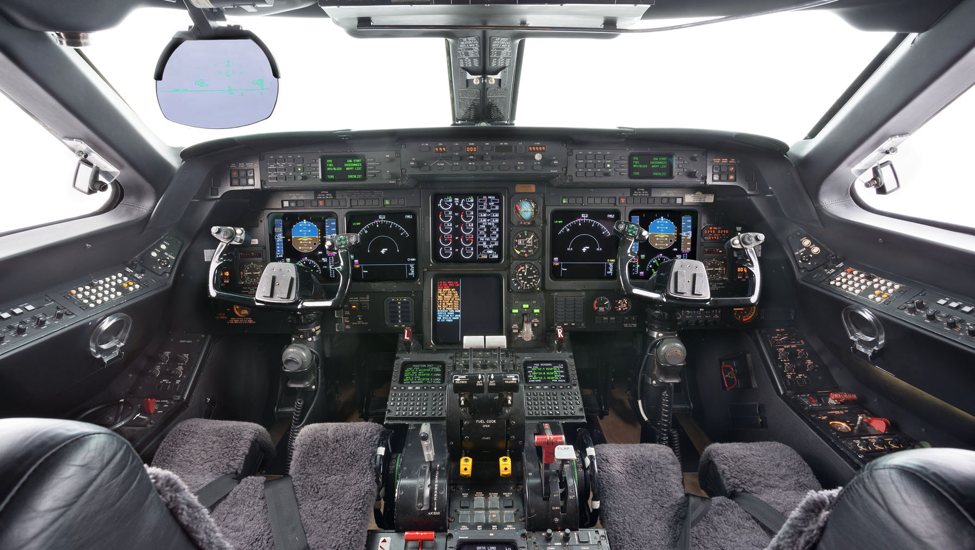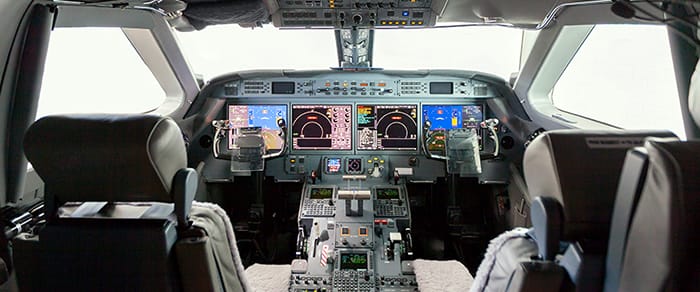Time in Type Overview
Time in type refers to the logged hours a pilot has spent operating a specific make and model of aircraft. While this metric is an important factor in aviation safety, it is just one part of a broader system designed to ensure operational excellence.
Proficiency in a specific aircraft enhances a pilot’s ability to handle its unique characteristics, systems, and requirements. Pilots with extensive time in type are often better prepared for challenges during critical phases of flight, such as takeoff, landing, and unexpected scenarios. Their familiarity with the cockpit’s layout and systems allows for quicker, more confident decision-making.
However, time in type alone does not define pilot competency. A comprehensive safety approach includes rigorous training, adherence to operational best practices, and ongoing proficiency checks to ensure pilots are fully equipped for every flight scenario.
Pilot Qualifications and Type Ratings
Pilots must earn a type rating to operate specific aircraft models. This endorsement, issued by authorities like the FAA, confirms the pilot has completed the necessary training to safely and competently handle that aircraft.
The process includes extensive ground training to understand the aircraft’s systems and procedures, followed by simulator or flight training for hands-on experience. The objective is to build the pilot’s expertise in the aircraft’s performance and emergency protocols.
Type ratings are specific to aircraft models. A pilot qualified for one type rating cannot automatically fly another—even within the same manufacturer’s lineup—without additional training and certification. This ensures that pilots are fully prepared for the unique demands of each aircraft they operate.
The Role of Time in Type in Safety
Time in type contributes to safety by building a pilot’s confidence and expertise with a specific aircraft model. However, it is most effective when combined with other critical safety measures. Key elements of pilot preparedness include:
- Proficiency in handling emergencies: Familiarity with an aircraft’s systems and controls enables quicker, more accurate responses under pressure.
- Precision during critical phases of flight: Takeoffs and landings demand acute attention. Experience in type helps refine these maneuvers.
- Adaptability to unexpected conditions: Pilots with extensive time in type are better equipped to anticipate how their aircraft performs in different environments or operational scenarios.
We check that operators in the Magellan Jets Preferred Network prioritize pilot experience as part of their comprehensive safety protocols. By requiring operators to vet pilot qualifications, including time in type, we can ensure that every journey is conducted with the utmost professionalism and care.
Building Passenger Confidence Through Pilot Expertise
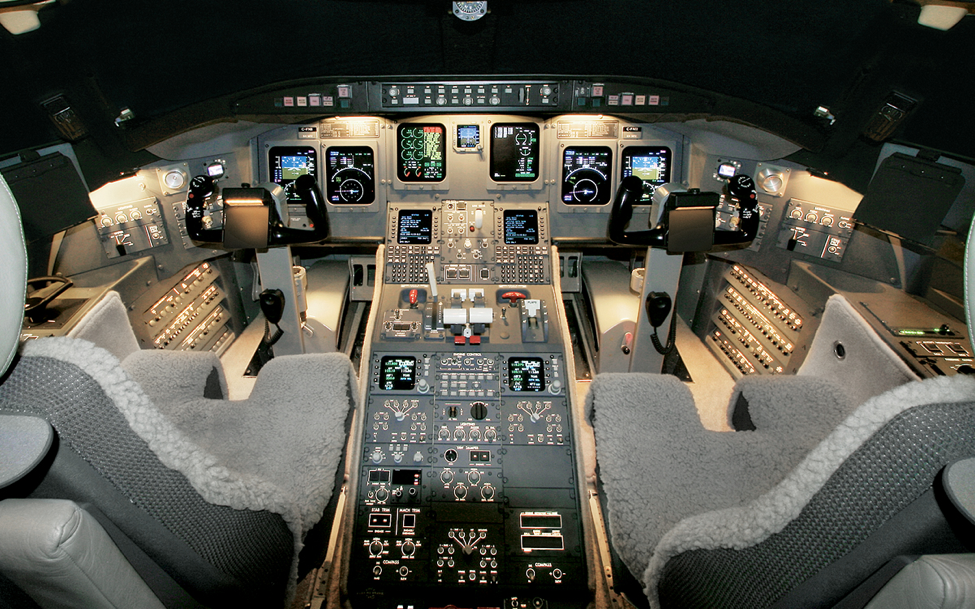
Passengers place great value on the expertise of the flight crew. When pilots demonstrate a deep familiarity with their aircraft, it fosters trust and reassurance among travelers. Key factors that enhance passenger confidence include:
- Clear and knowledgeable communication: Experienced pilots proactively share relevant flight details, including weather conditions and route expectations.
- Smooth and precise flight operations: Pilots with extensive training and experience in a specific aircraft model can execute smoother takeoffs, landings, and in-flight adjustments.
- Ability to anticipate passenger needs: Familiarity with the aircraft allows pilots and crew to optimize the onboard experience, from climate control to in-flight service.
At Magellan Jets, we understand that pilot expertise extends beyond technical skill—it directly influences the quality of every journey. By partnering with operators who prioritize rigorous pilot training and experience, we ensure that Private Clients enjoy a seamless, comfortable, and reassuring flight experience.
Frequently Asked Questions About Pilot Time in Type
What counts as PIC time?
Pilot in Command (PIC) time refers to logged hours where the pilot is fully responsible for the flight, aircraft, and decision-making. FAA guidelines require accurate logging of these hours as a record of experience and authority during operations.
How does a pilot get a type rating?
To earn a type rating, pilots undergo detailed training tailored to a specific aircraft. This includes mastering its systems through ground school, completing simulator sessions, and passing a checkride. Only then can they operate the aircraft as certified pilots.
Can time in type vary by operator?
Yes, operators establish their own minimum requirements for pilot time in type based on the complexity of the aircraft and mission profiles. More advanced jets typically require higher thresholds.
Is there a recommended minimum time in type for safety?
Recommended minimums depend on the aircraft model and specific operational needs. Operators and regulators determine these standards based on historical data and safety requirements.
Pilot Expertise and Aircraft Familiarity with Magellan Jets
Pilots with extensive experience in type provide a smoother, more reliable journey. That’s why Magellan Jets ensures that every operator in our Preferred Network upholds the highest standards for pilot proficiency. Our asset-light model gives us the freedom to select only the most qualified crews, rather than relying on internal fleet utilization. Every flight is staffed with pilots who have deep familiarity with the aircraft they’re operating, ensuring precision and confidence in every phase of flight.
Beyond technical proficiency, experienced pilots enhance the overall client experience. Their familiarity with a specific aircraft allows them to anticipate passenger needs, adjust for optimal comfort, and deliver a seamless journey from takeoff to landing. Magellan Jets Private Clients regularly praise not just the professionalism, but also the thoughtful communication and attentiveness of the flight crews we source.
“Pilots were exceptional. <They> communicated pre-flight weather expectations and were very helpful. Very much enjoyed the aircraft and cabin! And wine. Thank you!” – Magellan Jets Client
By prioritizing experience and expertise in aircraft selection, Magellan Jets ensures that Private Clients benefit from both operational excellence and an elevated travel experience. Every journey is backed by a commitment to safety, reliability, and seamless execution.
Maintaining the Highest Safety Standards
Thorough pilot qualifications and experience vetting are essential for ensuring safety in private aviation.
Magellan Jets collaborates with operators who uphold stringent standards, ensuring pilots possess the expertise and hours necessary to deliver exceptional results. This commitment underscores every journey’s safety and reliability.
For guidance on selecting the safest options for your private flight, Talk to a Private Aviation Advisor today. Learn more about our commitment to Leading with Safety here.

